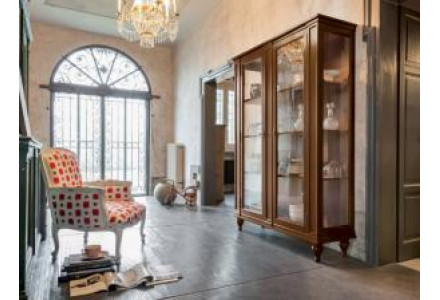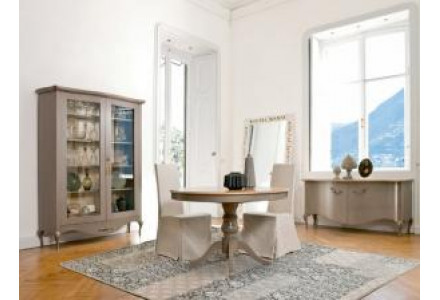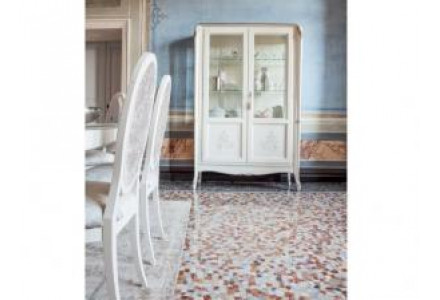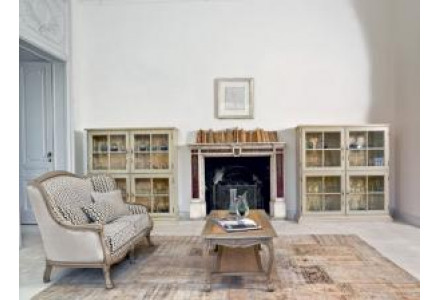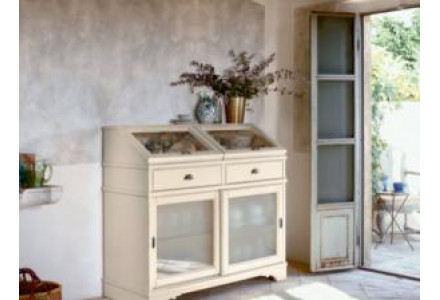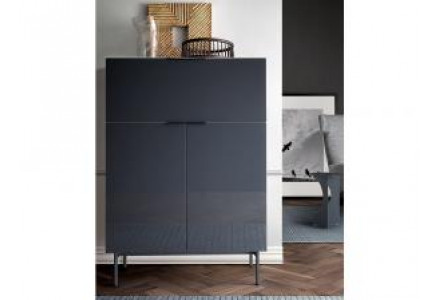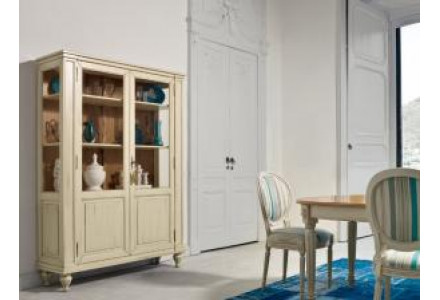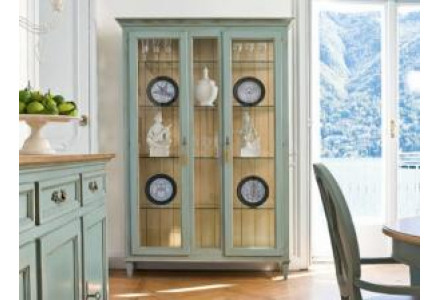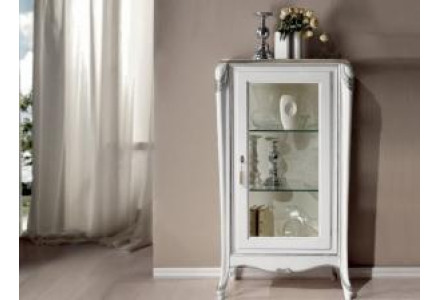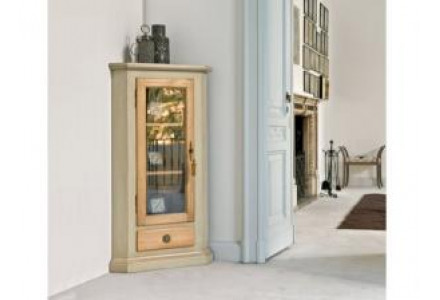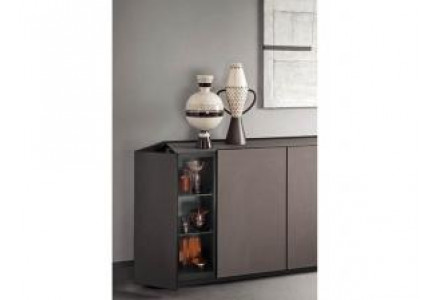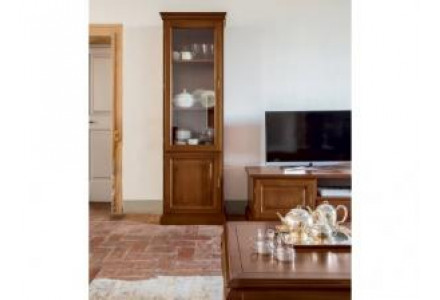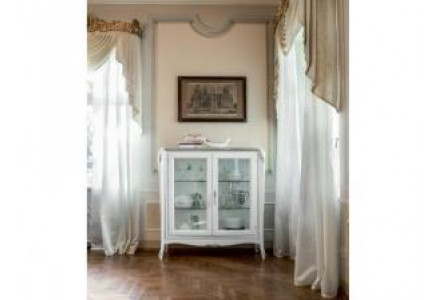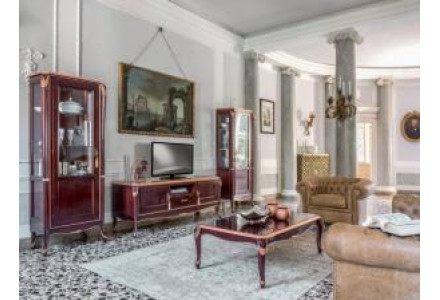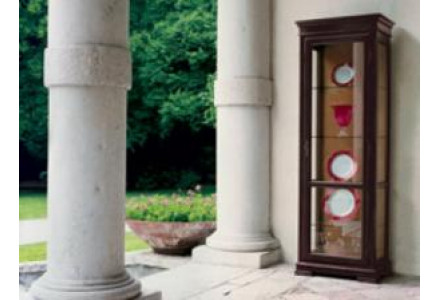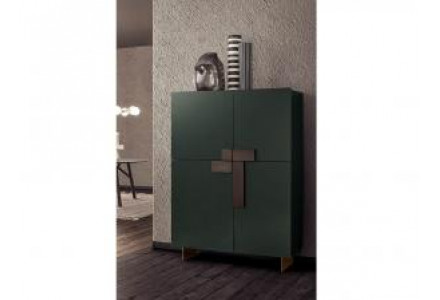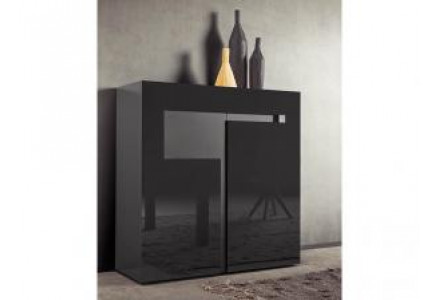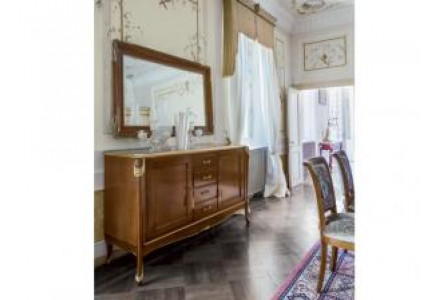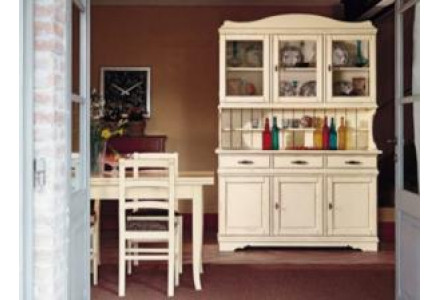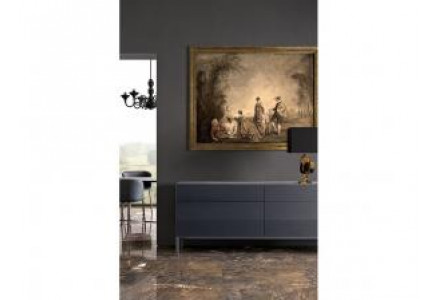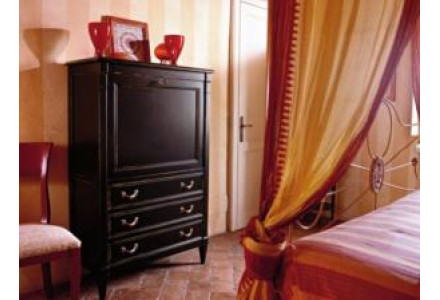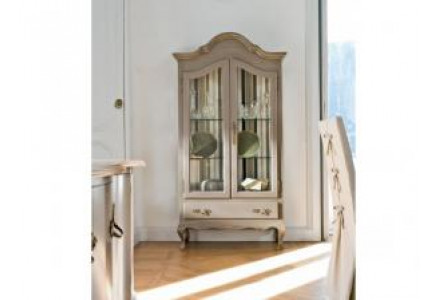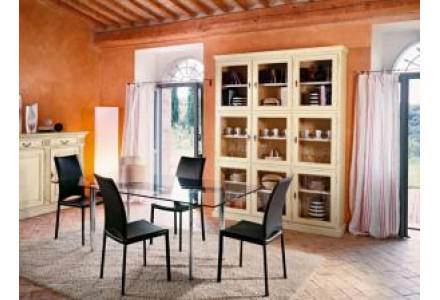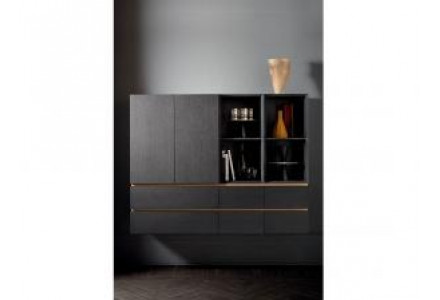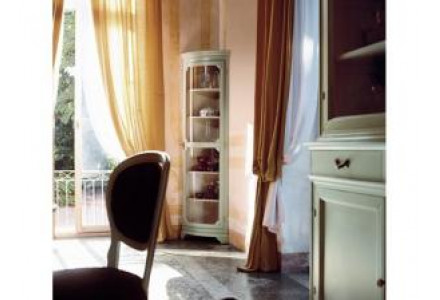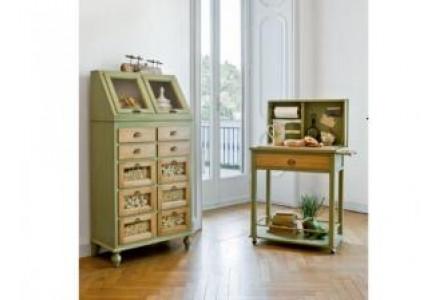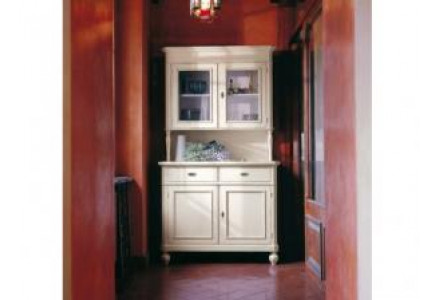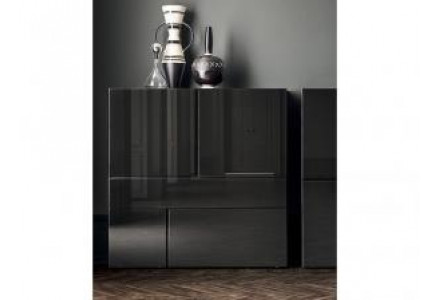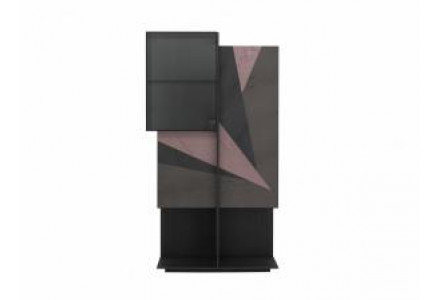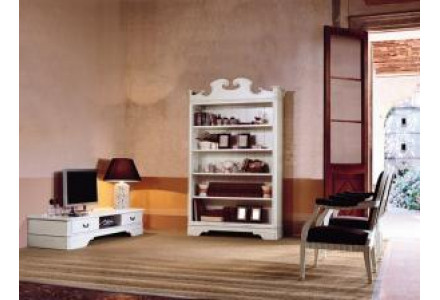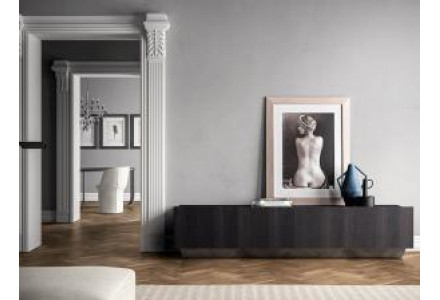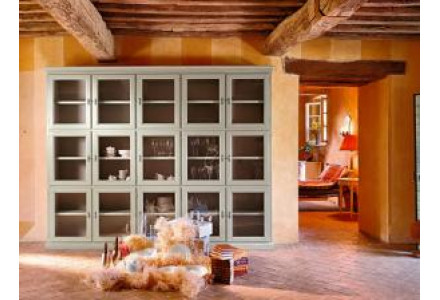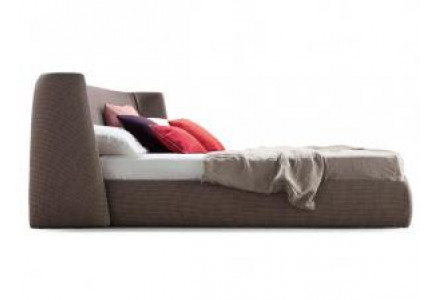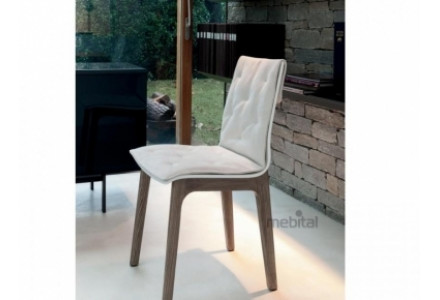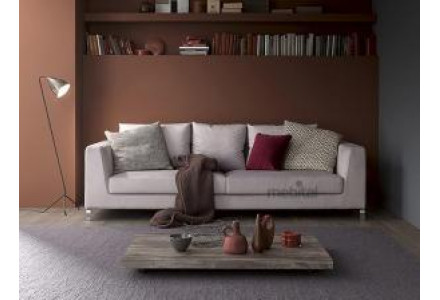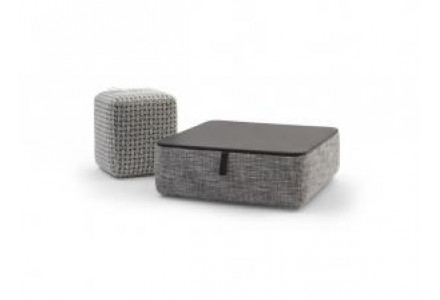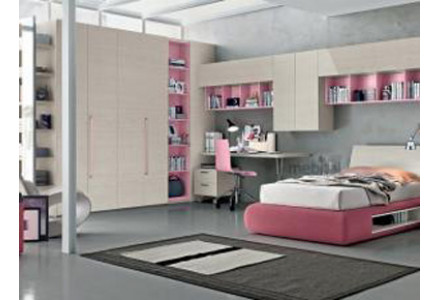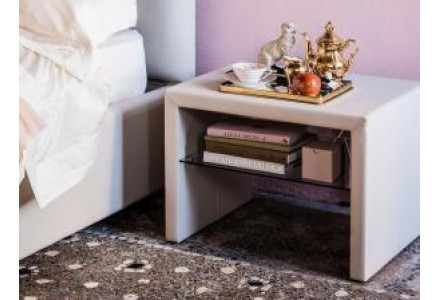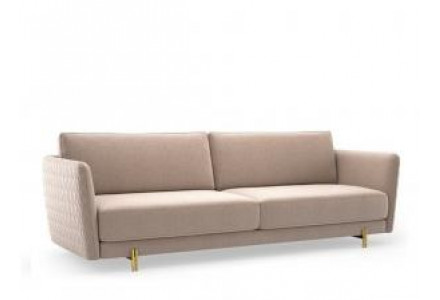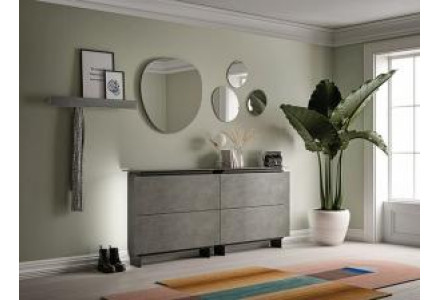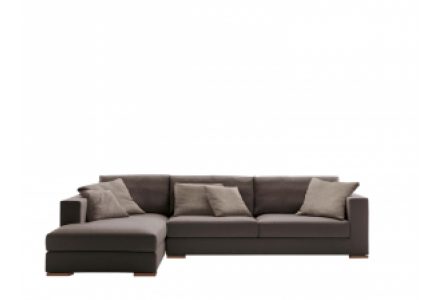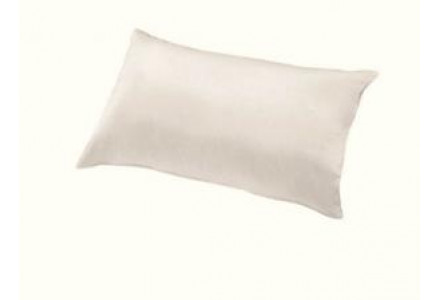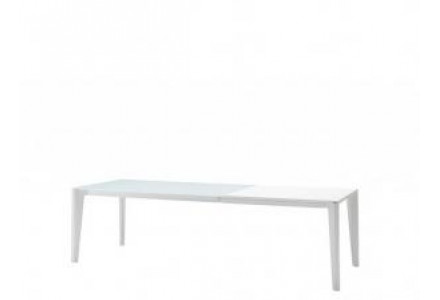Italian sideboards and buffets
Italian sideboards and buffets are not just furniture for storing dishes or textiles, but important decorative elements of the interior, reflecting centuries-old traditions of craftsmanship, taste and status. They combine elegance, attention to detail and high quality materials.
Here is an overview of shapes, materials and characteristic features of Italian sideboards and buffets:
Shapes and styles
1. Classical forms
Inspired by the Baroque, Rococo, Renaissance styles.
Richly decorated: wood carving, gilding, inlays, columns, pilasters.
Curved legs, rounded corners, massive cornices.
Often - showcases with glazing, with hinged doors.
2. Contemporary (Modern Classic)
Minimalism in lines, but with a hint of Italian sophistication.
Smooth facades, hidden fittings, built-in lighting.
Glossy or matte lacquered coatings are often used.
3. Provence and Country (Rustico / Arte Povera)
Simplicity of forms, "aged" surfaces.
Natural wood, often bleached or in pastel shades.
Massive handles, carving in a rustic style.
Materials
1. Wood
Almost always natural wood is used: walnut, cherry, oak, ash.
Often combined with veneer of valuable species, especially in expensive models.
For elite furniture - hand finishing, polishing, patination.
2. Glass
Used for display cases, shelves, decorative inserts.
Options: transparent, matte, with bevel or engraving.
3. Metal and brass
Modern models have metal legs and decorative elements.
Classic models have fittings made of bronze, brass or wrought iron.
4. Stone and marble
Some buffets have a marble or stone tabletop (usually in classic styles).
Design and finishing features
Italian furniture is always visually "warm", even in minimalism - due to color, proportions and textures.
Colors - from natural wood (honey, walnut, chestnut) to white, gray, black lacquer.
Finish - hand polishing, patina, craquelure, shellac.
Can include built-in lighting inside the display cases.
Interesting details:
Some factories (for example, Arredo Classic, Selva, Cantori) combine traditional forms with modern materials.
Classic sideboards often use manual intarsia techniques — patterned mosaics made of veneer.
Modern sideboards from Italy sometimes have open sections, turning into objects for zoning space.
Where Italian sideboards and buffets are appropriate:
In the living room or dining room — as a place to store dishes, glasses, tablecloths.
In the hallway — as accent furniture with drawers and a mirror.
In open kitchen-dining rooms — as a unifying decorative and functional element.
